Global Growing Media Market - Comprehensive Data-Driven Market Analysis & Strategic Outlook
The global growing media market has evolved from a small horticulture segment to a cornerstone of contemporary horticulture and farm agriculture. The industry began to emerge during the mid-20th century when farmers started looking for alternatives to natural soil because of urbanization, low soil fertility, and the necessity of uniform crop yields. The peat moss was the monarch in the early times, and that's what was used to have the highest moisture hold and nutrient content. But with increased care for the environment and peat digging being frowned upon, the market moved towards eco-friendly products like coco coir, perlite, and composted bark.
- Global growing media market worth of around USD 5625.7 million in 2025 at around 6.7% CAGR rate until 2032 and potentially more than USD 8861.3 million.
- The soil maintain around 34.3% market share, with innovation and increasing applications through widespread research.
- Market drivers of growth: Increasing demand for horticulture and controlled environment agriculture (CEA), Increased usage of sustainable and soilless cultivation practices
- Opportunities are: Innovation of sustainable and biodegradable growing media products
- Major insight: The market will grow exponentially in value during the coming decade, indicating huge growth opportunities.
The history of the global growing media market has always reflected the world's changing priorities. Greenhouse growth and hydroponics accelerated in the 1980s and 1990s, signaling a turning point for the industry. This era witnessed greater call for uniform, sterile, and highly customized substrates that would support intensive farming in controlled conditions. Research institutes and private companies started to test blends that would maximize aeration, pH buffering power, and water holding capacity and establish new performance standards for growers globally. Technical advancement began to restructure production and supply by the early 2000s. Automatic mixing equipment, data-driven quality control, and biodegradable packaging hit the market, supporting the increasing focus on precision agriculture.
At the same time, green regulations started to have an impact on product recipes, encouraging companies to minimize carbon footprints and prioritize renewable resources. Today's global market for growing media is a high-tech web of growers, researchers, and suppliers who are remaking the rules on how plants are being cared for in a more and more resource-aware world. Over the next several years, the industry will continue to evolve based on new agritechs and changing consumer appetites. Urban agriculture, vertical agriculture, and global initiatives toward food security will propel innovation in substrate development and manufacturing efficiency. The path from the natural peat bog to engineered, environmentally friendly mixes shows the way the global growing media market has not only changed with time but has become a vital business partner in framing the future of sustainable plant growth.
Market Segments
The global growing media market is mainly classified based on Type, Application, End-User.
By Type is further segmented into:
- Soil-based: growing media will remain in demand in crop production owing to its built-in nutrient provision and simple access. Future improvement will be directed at optimizing soil quality using organic additives and biological inputs. Sustainable agriculture will depend upon sophisticated soil treatments to achieve balance fertility and water reserve.
- Peat-based: Peat media will continue to hold importance due to their high water-retention capacity and seed germination suitability. Environmental factor will drive peat reduction and mix with alternative inputs. Future developments shall focus on sustainable use and alternatives showing similar plant growth performance.
- Coir-based: Coir media will become more popular as a green solution because it is renewable and has good aeration. Coconut by-product production will increase to support sustainable agriculture. The business will grow due to better processing methods that will yield uniform and consistent coir substrates for various uses.
- Perlite: Perlite will continue to have stable demand in the global growing media market due to its light weight and good drainage characteristics. It will remain a matter of choice in hydroponic and horticultural operations where root aeration is of paramount value. New technologies will continue to further perlite's capacity for facilitating fast and healthy plant growth.
- Vermiculite: Vermiculite will continue to be useful for its water-holding capacity and nutrient exchange. Its future application will be in hybrid growing systems that involve a combination of two or more types of media to ensure maximum plant health. Technological advancements and product development will go on constantly improving the mixing of vermiculite, offering the same consistent and uniform growth of the same crops.
- Others: Other. emerging media such as wood fiber and biochar will be fashionable since they are renewable and also enhance soil structure. With increased technology in agriculture, the alternatives will be incorporated into sustainable models of agriculture. The emphasis will be on cost, performance, and environmental safety as major factors.
By Application the market is divided into:
- Horticulture: Horticulture will continue to drive market expansion through increasing demand for decorative plants, fruits, and vegetables. The use of advanced growing media will enhance productivity and plant quality. Sustainable practices and precision farming will support horticultural growth, encouraging the adoption of innovative and eco-friendly substrates.
- Hydroponics: Hydroponics will become a major application area due to its efficiency in water and nutrient use. Growth in urban farming and controlled-environment agriculture will boost the need for specialized media that support soilless systems. Future progress will focus on developing media that optimize root oxygenation and nutrient absorption.
- Agriculture: Agriculture will benefit greatly from advancements in growing media that improve soil health and crop yield. Modern techniques will enhance nutrient management and water conservation. The global growing media market will support sustainable food production by introducing eco-safe and performance-driven substrates suited to various crops.
- Landscaping: Landscaping will continue to adopt innovative growing media to promote healthy vegetation in urban and commercial spaces. Improved blends will enhance root establishment, drainage, and long-term plant stability. Demand will rise as green infrastructure and urban beautification projects become integral to environmental sustainability efforts.
- Others: Other applications, such as research and plant nurseries, will also contribute to the expansion of the global growing media market. Continuous innovation will create specialized products designed for specific cultivation requirements. The future will bring customized solutions that improve efficiency and promote environmentally responsible plant growth.
By End-User the market is further divided into:
- Commercial: The commercial sector will dominate market growth through large-scale farming, greenhouse operations, and horticultural businesses. Increased focus on efficiency and yield optimization will lead to higher demand for premium growing media. Automation and precision agriculture will drive investment in materials that ensure consistent plant performance.
- Residential: The residential segment will grow steadily as home gardening and indoor plant care become more popular. Easy-to-use, nutrient-rich growing media will attract consumers seeking convenience and sustainability. Rising interest in self-sufficiency and eco-friendly lifestyles will continue to strengthen the market outlook for residential use.
|
Forecast Period |
2025-2032 |
|
Market Size in 2025 |
$5625.7 Million |
|
Market Size by 2032 |
$8861.3 Million |
|
Growth Rate from 2025 to 2032 |
6.7% |
|
Base Year |
2024 |
|
Regions Covered |
North America, Europe, Asia-Pacific, South America, Middle East & Africa |
By Region:
- Based on geography, the global growing media market is divided into North America, Europe, Asia-Pacific, South America, and the Middle East & Africa.
- North America is further divided into the U.S., Canada, and Mexico, whereas Europe consists of the UK, Germany, France, Italy, and the Rest of Europe.
- Asia-Pacific is segmented into India, China, Japan, South Korea, and the Rest of Asia-Pacific.
- The South America region includes Brazil, Argentina, and the Rest of South America, while the Middle East & Africa is categorized into GCC Countries, Egypt, South Africa, and the Rest of the Middle East & Africa.
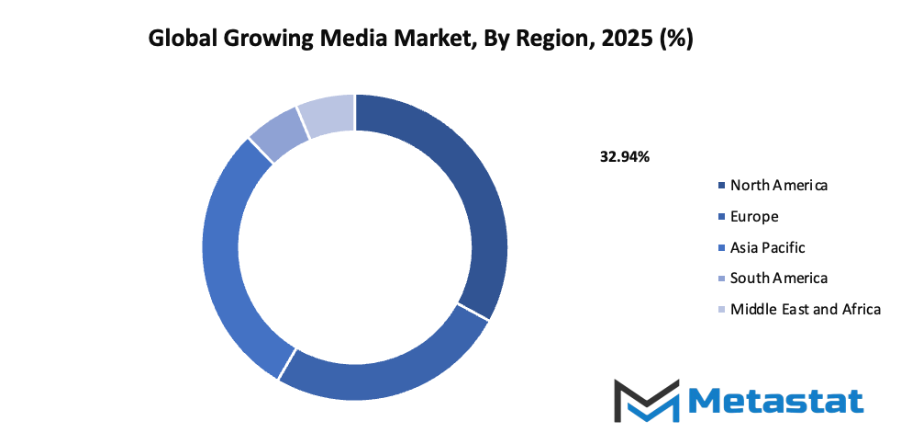
Growth Drivers
- Rising demand for horticulture and controlled environment agriculture (CEA): The global growing media market will grow significantly due to the rising interest in horticulture and controlled environment agriculture. These practices offer higher yields and efficient use of space, especially in urban settings. The focus on food security and fresh produce will push the use of advanced media that support precise control of moisture, nutrients, and root health.
- Increased adoption of sustainable and soilless cultivation methods: Another key factor behind the global growing media market expansion is the growing preference for sustainable and soilless cultivation systems. Farmers and growers will increasingly choose media that reduce dependency on traditional soil while enhancing productivity. This trend will support cleaner, resource-efficient farming practices suitable for future agricultural demands.
Challenges and Opportunities
- High cost of quality substrates compared to traditional soil: One challenge in the global growing media market is the high cost of quality substrates, which limits adoption in low-income regions. These materials, although efficient, often require advanced processing and quality control, increasing production expenses. Cost reduction through technological advancement and large-scale manufacturing will be crucial for market growth.
- Limited availability of raw materials like peat due to environmental concerns: The global growing media market also faces difficulty due to limited access to peat and other natural components. Environmental regulations and sustainability concerns will restrict peat extraction, prompting the search for substitutes. Developing renewable raw materials will be vital to maintain supply and reduce ecological impact.
Opportunities
- Development of eco-friendly and biodegradable growing media solutions: The future of the global growing media market lies in the creation of eco-friendly and biodegradable alternatives. These products will replace non-renewable components, reducing pollution and waste. Research and innovation will encourage the use of organic fibers, composted materials, and other sustainable ingredients, ensuring long-term environmental balance and economic potential
Competitive Landscape & Strategic Insights
The global growing media market reflects a competitive environment shaped by a diverse mix of established international corporations and rising regional players. Each company within this market strives to strengthen its position through innovation, sustainable practices, and strategic expansion. Firms such as Scotts Miracle-Gro Company, Klasmann-Deilmann GmbH, Arber Horticulture, Premier Tech Horticulture, and Jiffy Products International BV have built strong reputations through consistent product quality, technological progress, and wide distribution networks. Their dominance, however, is increasingly challenged by regional competitors who focus on localized solutions, sustainable materials, and cost-effective alternatives that cater to specific agricultural and horticultural needs.
In the coming years, the Competitive Landscape & Strategic Insights of the industry will likely be shaped by advancements in biotechnology, automation, and eco-friendly growing solutions. Companies that emphasize research and development are expected to set new standards in product innovation, especially those integrating organic components and renewable resources. Environmental regulations and consumer demand for sustainable farming products will drive the market toward cleaner production methods, biodegradable packaging, and improved soil health solutions. Strategic partnerships between global corporations and regional enterprises will become a key approach to balancing large-scale efficiency with local adaptability.
The future of the industry will depend heavily on digital transformation and data-driven farming solutions. Integration of smart agriculture tools, such as sensors and automated irrigation systems, will support the development of growing media that optimize water use and nutrient retention. These innovations will allow businesses to offer customized solutions for both large-scale commercial growers and small horticultural enterprises. As automation continues to expand across agriculture, the need for precision-based growing media that align with modern cultivation techniques will grow stronger.
Market strategies will increasingly revolve around sustainability, cost control, and diversification. Companies will invest in developing new substrates derived from renewable and recycled materials, reducing dependence on peat-based products. This transition will not only align with environmental goals but also open opportunities in regions with abundant natural alternatives such as coir, composted bark, and perlite. Competition will push each player to adopt transparent sourcing methods, reduce carbon emissions, and demonstrate measurable contributions to soil and crop improvement.
Market size is forecast to rise from USD 5625.7 million in 2025 to over USD 8861.3 million by 2032. Growing Media will maintain dominance but face growing competition from emerging formats.
In a futuristic viewpoint, Competitive Landscape & Strategic Insights will highlight how innovation and environmental responsibility intertwine with profitability. Firms that successfully integrate digital technology, circular economy principles, and efficient logistics will likely lead the next phase of market growth. With sustainability becoming a defining factor, collaboration across supply chains will ensure consistent product quality and environmental accountability. The industry’s evolution will reflect a balanced effort between maintaining commercial success and fostering ecological stewardship, creating a marketplace that rewards adaptability, technological progress, and responsible production.
Report Coverage
This research report categorizes the global growing media market based on various segments and regions, forecasts revenue growth, and analyzes trends in each submarket. The report analyses the key growth drivers, opportunities, and challenges influencing the global growing media market. Recent market developments and competitive strategies such as expansion, type launch, development, partnership, merger, and acquisition have been included to draw the competitive landscape in the market. The report strategically identifies and profiles the key market players and analyses their core competencies in each sub-segment of the global growing media market.
Growing Media Market Key Segments:
By Type
- Soil-based
- Peat-based
- Coir-based
- Perlite
- Vermiculite
- Others
By Application
- Horticulture
- Hydroponics
- Agriculture
- Landscaping
- Others
By End-User
- Commercial
- Residential
Key Global Growing Media Industry Players
- Scotts Miracle-Gro Company
- Klasmann-Deilmann GmbH
- Arber Horticulture
- Premier Tech Horticulture
- Jiffy Products International BV
- Sun Gro Horticulture
- Quick Plug
- Florentaise
- Lambert Peat Moss Inc.
- ASB Greenworld
- Westland Horticulture Ltd.
- CANNA
- Berger Peat Moss Ltd.
- Grodan (Rockwool Group)
- FoxFarm Soil & Fertilizer Company
- Espoma Organic
- Profile Products LLC
- Hydrofarm Holdings Group
WHAT REPORT PROVIDES
- Full in-depth analysis of the parent Industry
- Important changes in market and its dynamics
- Segmentation details of the market
- Former, on-going, and projected market analysis in terms of volume and value
- Assessment of niche industry developments
- Market share analysis
- Key strategies of major players
- Emerging segments and regional growth potential



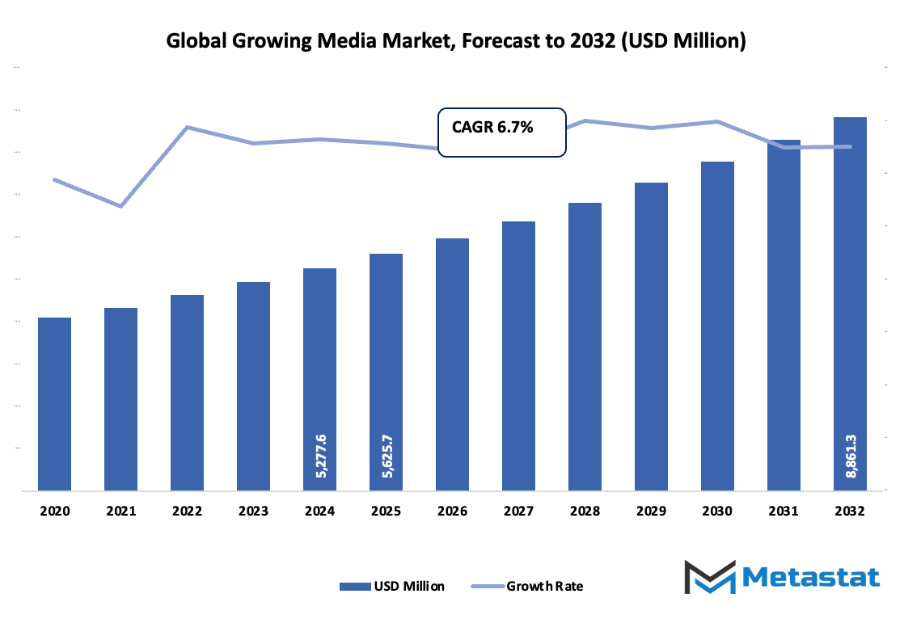
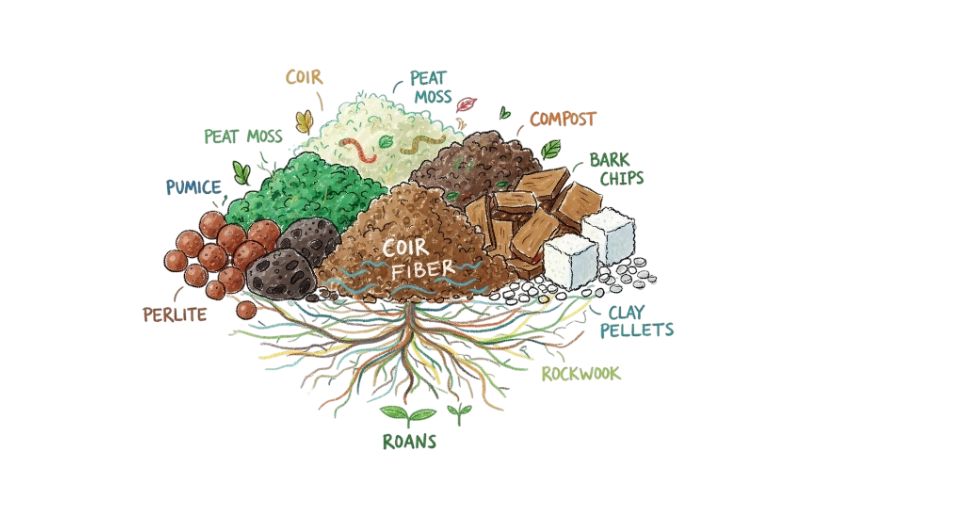
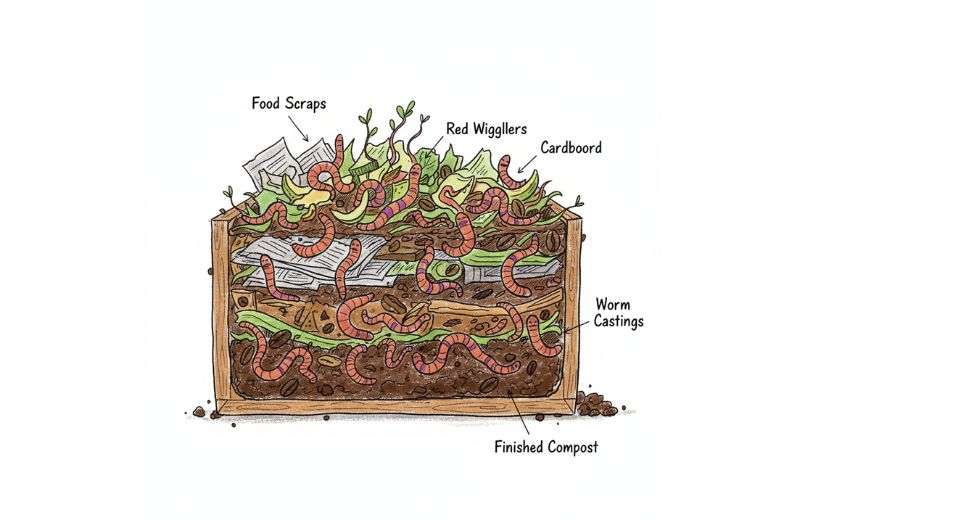
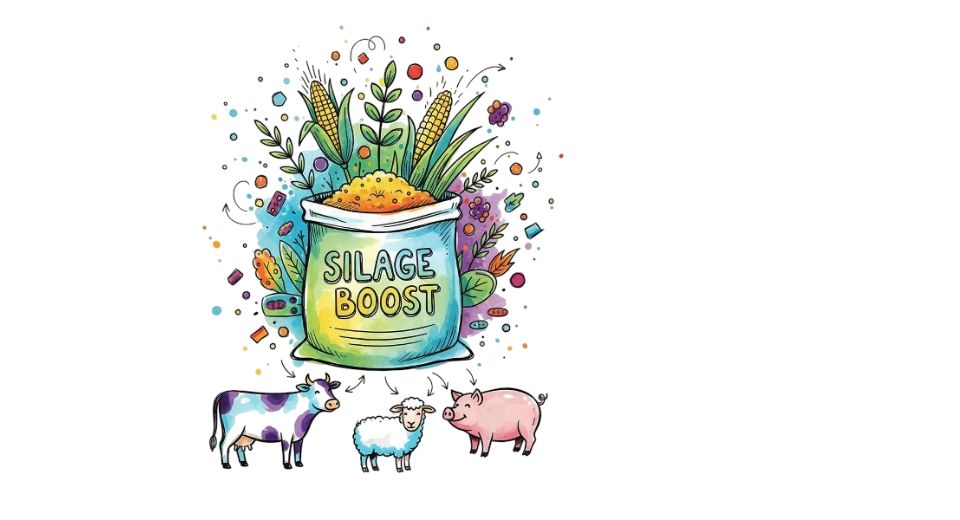
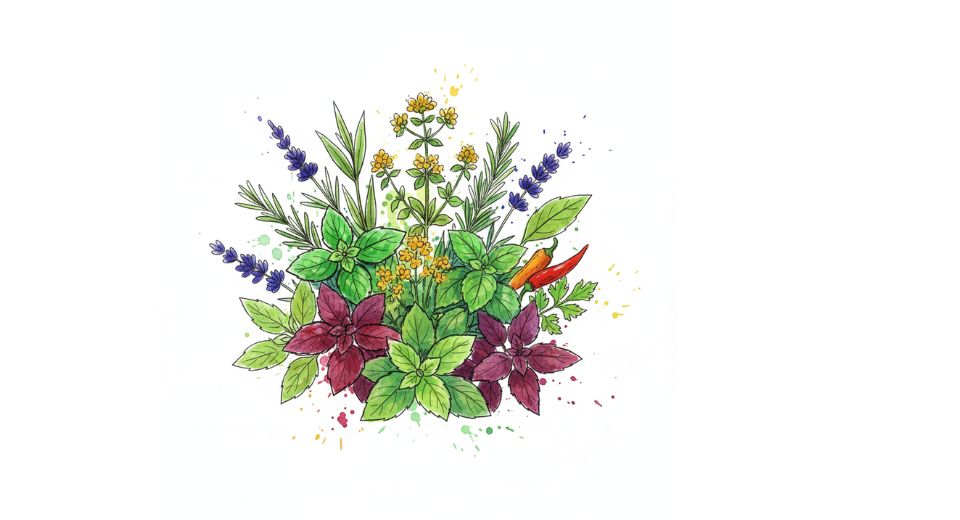

 US: +1 3023308252
US: +1 3023308252






